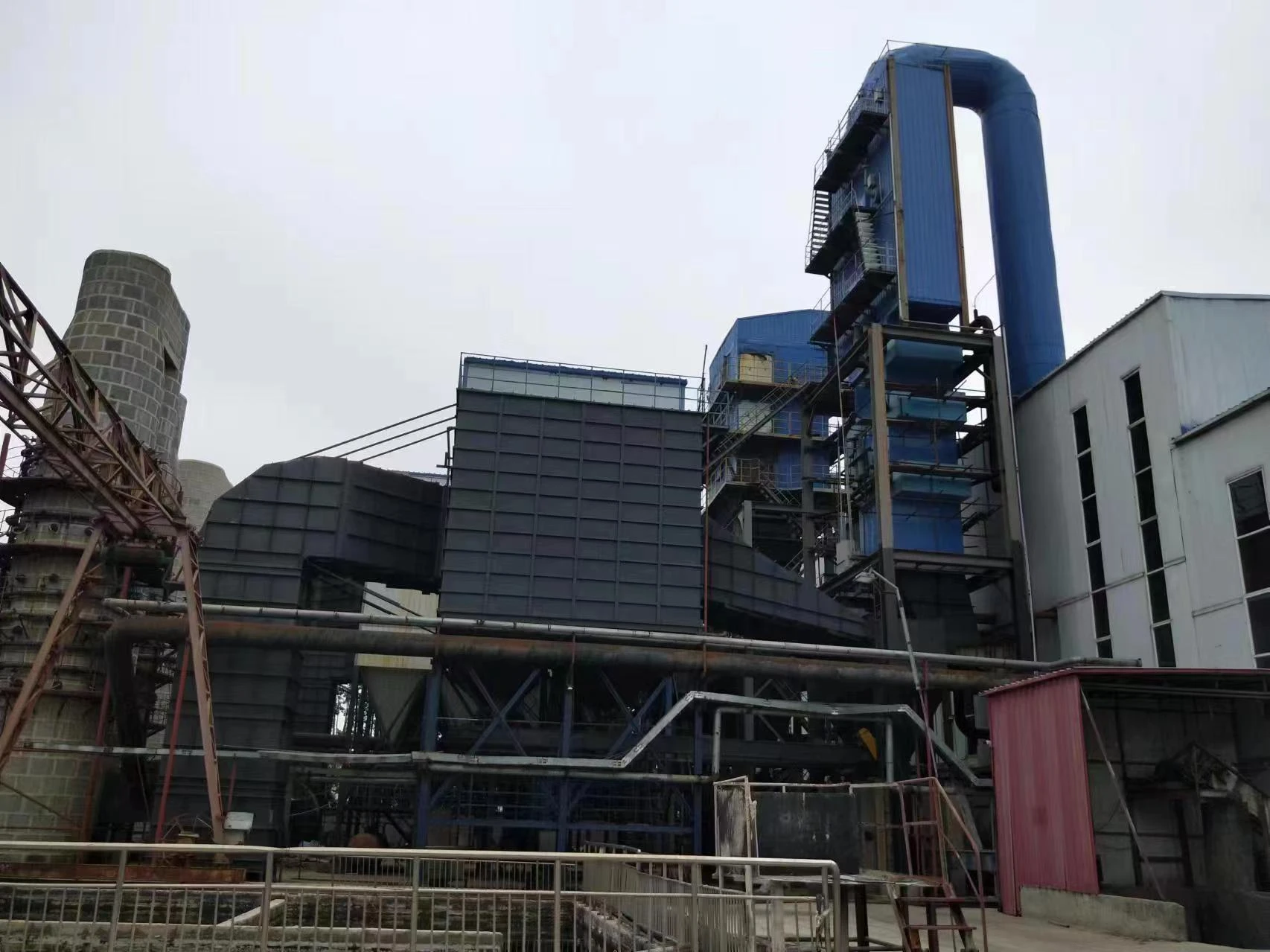
Feb . 20, 2025 14:17 Back to list
Biomass fired steam boiler
Understanding the nuances of steam pressure in boilers is crucial for industries reliant on precise and efficient operation. With experience drawn from multiple on-site evaluations and interactions with seasoned engineers, the specifics of steam pressure become a lot clearer. As boilers form the central hub of thermal and energy management in many sectors, their operation's efficiency hinges significantly on maintaining optimal steam pressure.
From an operational standpoint, the experience gathered from on-site maintenance continuously highlights the importance of understanding the interplay between steam pressure and temperature. Seasonal variations and operational load changes can lead to fluctuations in pressure levels, requiring vigilant monitoring. Maintenance logs often reveal that operational longevity is strongly related to how well fluctuations are managed; failure to correct these can lead to stress on the boiler's material, potentially causing fatigue or rupture. Furthermore, industry expertise indicates that system upgrades play a significant role in maintaining ideal steam pressure. Retrofitting older boilers with modern pressure control systems not only extends their operational lifespan but also enhances overall energy efficiency. Modern systems are more precise, responsive, and equipped with fail-safes that adjust pressure levels to prevent excesses that could lead to catastrophic failures. Navigating the landscape of boiler steam pressure is not solely about current practices but also involves anticipating future technological advancements. The rise of IoT (Internet of Things) technology in industrial applications promises new dimensions in real-time pressure monitoring. Predictive analytics driven by machine learning can foresee potential risks, offering industrialists a tool to preemptively address pressure-related issues, thereby optimizing efficiency and reinforcing safety protocols. To achieve sustainability in boiler operations, energy audits aimed at assessing the efficiency of steam pressure regulation are becoming increasingly commonplace. These audits not only assist in pinpointing areas of energy loss but also in recalibrating pressure settings to align with energy conservation goals. Engaging in energy audits ensures that operations remain environmentally sustainable, complying with international environmental impact standards. In conclusion, the realm of steam pressure in boilers encompasses much more than maintaining operational efficiency; it embodies a broader commitment to safety, innovation, and sustainability. Real-world experience coupled with technical expertise defines effective management practices, while adherence to authoritative standards guarantees reliability. Trustworthy operations are those that foresee and mitigate pressure-related issues before they escalate, ultimately ensuring continuous, effective energy production that aligns with modern efficiency and safety demands. Proactive management, rooted in deep experience and robust expertise, remains the cornerstone of successful boiler operation and reliable industrial performance.


From an operational standpoint, the experience gathered from on-site maintenance continuously highlights the importance of understanding the interplay between steam pressure and temperature. Seasonal variations and operational load changes can lead to fluctuations in pressure levels, requiring vigilant monitoring. Maintenance logs often reveal that operational longevity is strongly related to how well fluctuations are managed; failure to correct these can lead to stress on the boiler's material, potentially causing fatigue or rupture. Furthermore, industry expertise indicates that system upgrades play a significant role in maintaining ideal steam pressure. Retrofitting older boilers with modern pressure control systems not only extends their operational lifespan but also enhances overall energy efficiency. Modern systems are more precise, responsive, and equipped with fail-safes that adjust pressure levels to prevent excesses that could lead to catastrophic failures. Navigating the landscape of boiler steam pressure is not solely about current practices but also involves anticipating future technological advancements. The rise of IoT (Internet of Things) technology in industrial applications promises new dimensions in real-time pressure monitoring. Predictive analytics driven by machine learning can foresee potential risks, offering industrialists a tool to preemptively address pressure-related issues, thereby optimizing efficiency and reinforcing safety protocols. To achieve sustainability in boiler operations, energy audits aimed at assessing the efficiency of steam pressure regulation are becoming increasingly commonplace. These audits not only assist in pinpointing areas of energy loss but also in recalibrating pressure settings to align with energy conservation goals. Engaging in energy audits ensures that operations remain environmentally sustainable, complying with international environmental impact standards. In conclusion, the realm of steam pressure in boilers encompasses much more than maintaining operational efficiency; it embodies a broader commitment to safety, innovation, and sustainability. Real-world experience coupled with technical expertise defines effective management practices, while adherence to authoritative standards guarantees reliability. Trustworthy operations are those that foresee and mitigate pressure-related issues before they escalate, ultimately ensuring continuous, effective energy production that aligns with modern efficiency and safety demands. Proactive management, rooted in deep experience and robust expertise, remains the cornerstone of successful boiler operation and reliable industrial performance.
Share
Prev:
Latest News
-
High-Efficiency Commercial Oil Fired Steam Boiler for Industry
NewsJul.30,2025
-
High-Efficiency Biomass Fired Thermal Oil Boiler Solutions
NewsJul.30,2025
-
High Efficiency Gas Fired Thermal Oil Boiler for Industrial Heating
NewsJul.29,2025
-
High-Efficiency Gas Fired Hot Water Boiler for Sale – Reliable & Affordable
NewsJul.29,2025
-
High Efficiency Biomass Fired Hot Water Boiler for Industrial and Commercial Use
NewsJul.29,2025
-
High-Efficiency Biomass Fired Hot Water Boiler for Industrial Use
NewsJul.28,2025
Related PRODUCTS
Copyright © 2025 HEBEI HONGZE BOILER MANUFACTURING CO., LTD. All Rights Reserved. Sitemap | Privacy Policy






















